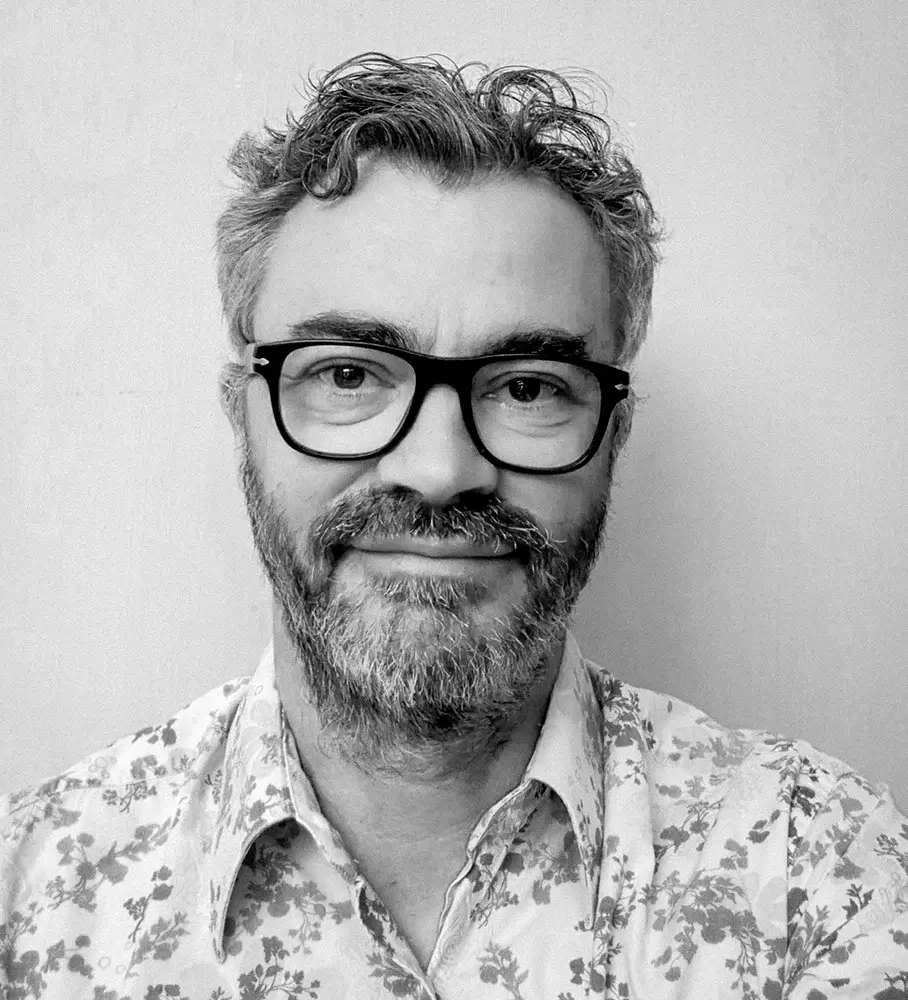Ludovic Viévard has been dedicated to street photography since 2023.
He approaches street photography as a way to immerse himself in the present moment and the urban environment. As a distinct form of attentiveness to the world, the photographic act involves capturing scenes from everyday life—whether mundane or extraordinary—to create an image that sits somewhere between artistic production and documentary material. His style leans toward a dark aesthetic, with raw images, strong contrasts, blur... and questions.
A central focus of his work is navigating the "in-between" moment. The in-between photographic moment (i.e., Candid > In-between > Posed) explores people's reactions at the precise instant they realize a photo is being taken. Neither fully posed nor entirely candid, this fleeting moment—when the presence of the camera disrupts and reshapes interaction—is charged with a wide range of emotions: surprise, joy, indignation, anger… This project encourages both participants and viewers to reflect on their relationship with self-image in an era where smartphones and social media have fundamentally reshaped social norms and behaviors.
Awarded Photographer of the Week - Week 21
